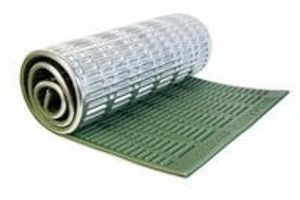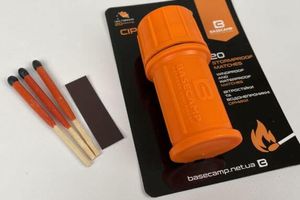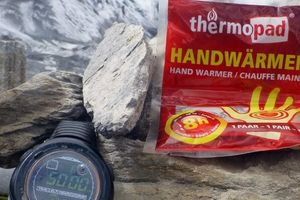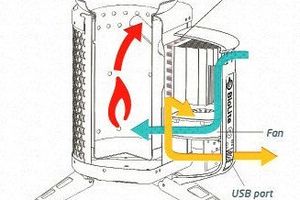Rope is the most reliable element of climbing equipment.
Sometimes the equipment becomes too familiar. Especially if you spent a wonderful vacation with it on the rocks, covered more than one route, conquered the peaks. A special bond, which is very difficult to break, is formed between you and the rope. But one day you will still have to part with the most reliable and high-quality equipment. It is very important not to miss this moment, and to replace the equipment that has become unusable in a timely manner.
Determining the time of writing off equipment is not the most accurate of the disciplines. Sometimes the damage is obvious and there are no questions about it. In other cases, there is no visible damage, but it may be time to put the gear aside and not use it anymore. To understand these nuances, you need to periodically carefully inspect all your equipment for visible damage and defects, as well as consider the manufacturer's recommendations for the life of the product. If you doubt the reliability, it is better to play it safe and write off the item of equipment, finding another use for it in everyday life, decoration, or throw it away.
A very important point! Be sure to label unsuitable equipment. Make sure no one uses it in your absence. Boldly break the broken and cut the unbroken and tattered. This especially applies to ropes - we recommend cutting them into small pieces.
What does Tendon (in their 2013 catalog) say about rope storage?
The ropes retain all their functional properties in full when stored for 5 years in appropriate conditions (dark, air temperature +15+25 degrees, humidity about 65%, ventilated room).
A belay rope should be removed from service after a serious fall from a great height with high loads, or if you find damage such as cuts, voids inside the core, seals, or numerous braid frays (more than 20% of the signal strands).
Recommendations regarding the terms of operation:
- After a crash from a great height and with high loads or other damages – write off immediately
- Frequent use (once a week or more) - no more than 1 year of operation
- Regular use (several times a month) - 1-3 years of operation
- Periodic use (once a month) - 4-5 years of operation
- Rare use (1-2 times a year) - 7 years of operation
- The rope has never been used - 10 years from the date of manufacture (Do you really need it? Can you give it away for household needs?)
Rope usage log
Write down the date of purchase, frequency of use, number and severity of breakdowns. This will help you know exactly when it's time to discard the rope. Modern technologies allow inserting microchips into equipment (static or dynamic ropes, safety systems) and keeping records on a computer through a special chip scanner.
How to check the rope?
To know the condition of your favorite rope, it is important to check it before each use. Run the entire rope through your hands to assess for visible or tactile damage. It will take literally a few minutes.
Checklist for checking the condition of the rope:
- Are there strong abrasions of the weave?
- Do you see or feel cuts?
- Do you see or feel flat areas without a core?
- Is the rope tighter in some places?
- Is the core visible?
- Do you see discoloration from exposure to the sun and/or chemicals?
- Is there a shift in the weave?
If you answered yes to any of these questions, you should send your rope for disposal without any regrets. In some cases, the rope can still be saved - if the damage is at the ends. Cut them, retreating from the damage by 30-50 cm. Make sure to burn the ends on fire. The ideal option for shortening the rope is a thermal knife, it immediately melts the ends with high quality when cutting.
All manufacturers write approximately the same rules of storage and operation on their websites. After all, the user himself makes decisions about the safety of himself and his partner.


























